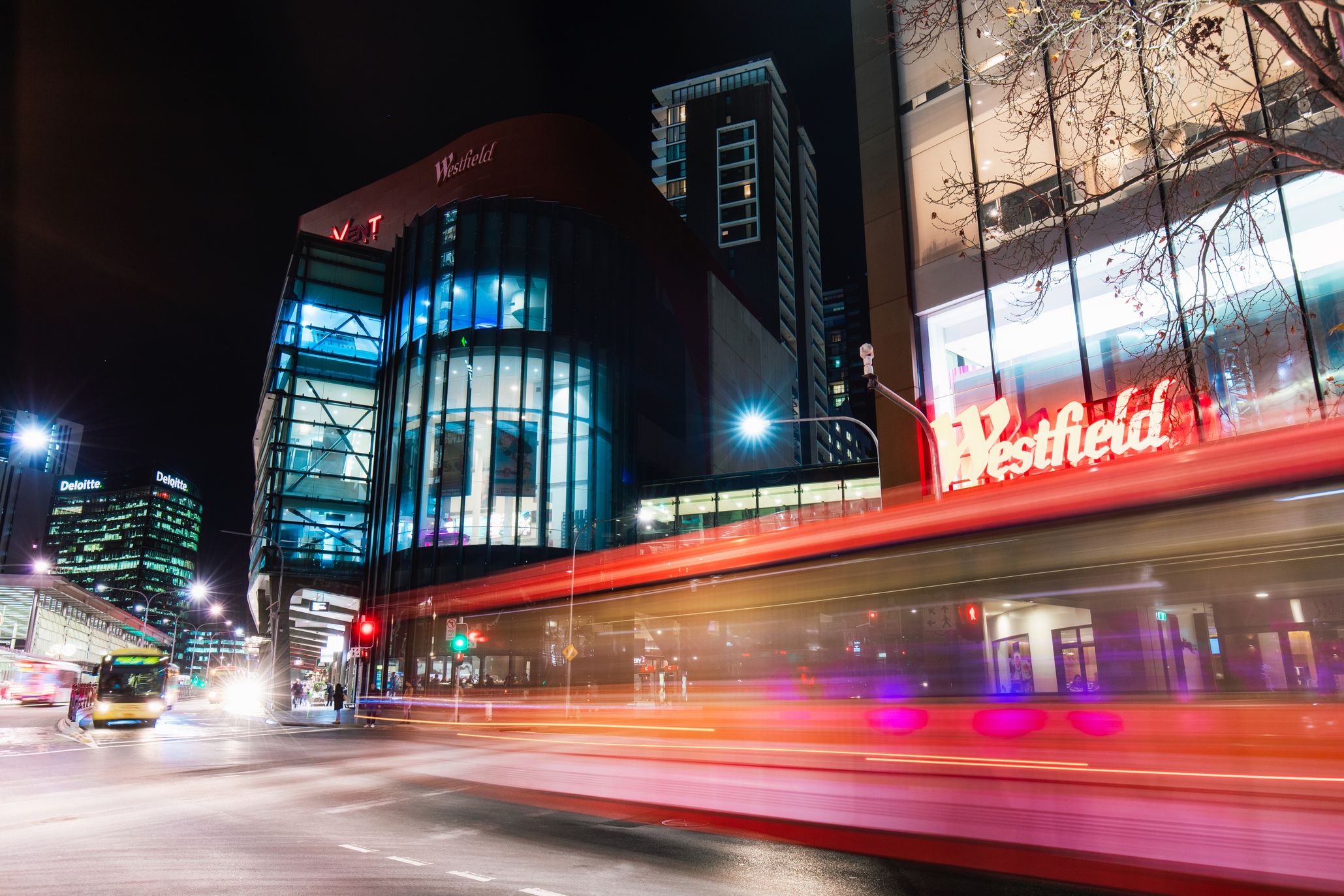Overview
Located in the Australian city of Sydney, Westfield Parramatta is one of Australia’s largest shopping centres. The mall has over 130,000 square metres of retail area and approximately 450 stores and services on site.
In July 2018, CoolPlanet carried out an audit at Westfield Parramatta shopping centre, identifying a range of ECM’s (Energy Conservation Measures) on the HVAC System and Building Management System in the bcentre.
Key stats
$900k
Annual energy cost reduced
25%
Overall energy reduction
4,200 tCO2-e
Annual Co2 reduction
1.5 years
Project payback
Challenges
Australian retail centres are trying to minimise their energy costs while simultaneously maintaining the required thermal comfort for tenancies. With accurate data and advanced analytics the challenge is achievable.
Data
Retail centres have a lot of valuable data, However, the data is often held in isolated silos on different systems that don't communicate with one another. This can make analysing and comparing the data difficult and time-consuming.
Static setpoints
Systems are designed for worst-case scenarios, maximum ambient temperature, and building occupancy. Running at these design conditions year-round is Inefficient.
Out of Hours Energy
Most retail centres are closed more often than they are open. Typically 40% of all energy usage occurs when the centre is not trading, which is a significant energy waste.
Thermal Comfort
It is important to balance the comfort of tenants and customers with energy efficiency. It is not acceptable to significantly reduce thermal comfort as a way to achieve your savings so some intelligent engineering is required to satisfy both.
Contractor Management
In large retail centres, it can be difficult to manage contractors & ensure works are completed in a timely fashion. Too often reactive maintenance and delays become commonplace, and poor practices take hold.
Key Drivers
Most retail centres simply look at their energy use in the same month from previous years to determine the best operating efficiency. This is a good starting point but does not take into account the key drivers of outside air temperate, centre occupancy levels, or the thermal comfort levels of the environment.
Solution
Data-Driven solutions were made possible thanks to CoolPlanet’s energy management software, CoolPlanetOS. It underpinned everything we did on site, from system maintenance monitoring, carbon accounting through to opportunity identification and project verification of savings. CoolPlanetOS allowed us to visualise the numbers, giving us and the site full control over their ongoing system performance.
Once a CoolPlanetOS digital twin of the site had been created, the data ingested and validated as true and correct, it became possible to uncover a number of opportunities for improvement.
- Night purging
- Lighting upgrades (i.e. commercial LED lighting)
- Improved economising strategies
- The optimisation of cooling & heating systems through CoolPlanetOS Improved equipment part-load efficiencies such as VSD installations & others
- Out-of-hours energy conservation measures with lighting, Variable Temperatures and mechanical equipment
- Improved equipment maintenance with dampers, valves, actuators, filters, belts and pulleys, ductwork etc.
- HVAC optimal starting and stopping (starting HVAC late and stopping early during favourable conditions).
The good news is that much of this work was done remotely and most required little or no capital investment to implement. CoolPlanet worked closely with the site team, planning every stage of the implementation to ensure no impact on the regular operations of the site.
Benefits
Once CoolPlanetOS had been installed and was continually collecting data, it was possible to analyse and quantify the projects. For a spend of $1.3 million, the site is now saving $900k annually in avoided energy costs without any reduction in service levels and thermal comfort for customers and tenants.
With a combination of BMS upgrades, additional sub-metering, improvements to out-of-hours operations, BMS tuning, and ongoing CoolPlanetOS integration to validate the savings. The payback period for the site was only 1.5 years and the added benefits of reduced lifecycle maintenance costs for equipment are ongoing.




